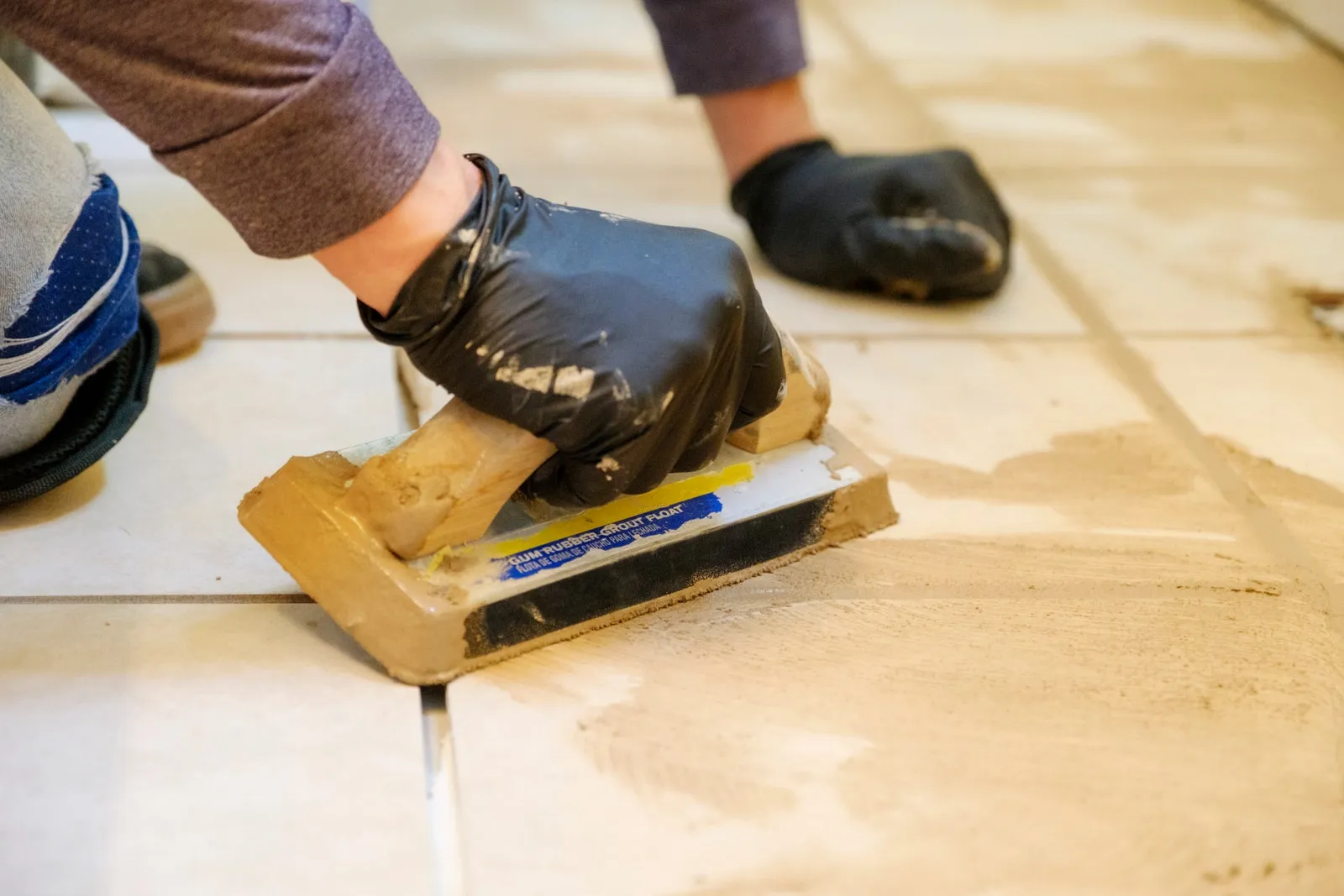You might not realize that the composition of putty can be influenced by various environmental factors. Have you ever wondered how rain affects the properties of putty? Understanding the impact of rain on putty texture and adhesion strength is crucial for maintaining its effectiveness. Stay tuned to discover the effects of rain on putty and how you can ensure its durability in challenging weather conditions.
Understanding Putty Composition
- Understanding the composition of putty involves analyzing the specific ratios of polymers, fillers, and additives that contribute to its unique properties and behavior. Putty ingredients play a crucial role in determining how well the putty resists moisture absorption. Polymers in putty formulations act as binders, holding the mixture together and providing the necessary flexibility. Fillers, such as calcium carbonate or silica, help improve the strength and durability of the putty. Additives like plasticizers can enhance workability and adhesion.
- The ability of putty to absorb moisture depends largely on the types and amounts of polymers used. Some polymers are hydrophobic, meaning they repel water and reduce the overall moisture absorption of the putty. Conversely, certain fillers may have a higher affinity for water, leading to increased moisture absorption. By carefully selecting and balancing these components, manufacturers can create putties with varying degrees of moisture resistance to suit different applications.
Impact of Rain on Putty Texture
- The moisture absorption behavior of putty, influenced by its polymer and filler composition, can significantly impact its texture when exposed to rain. Putties with high moisture absorption rates tend to become softer and more pliable when wet, affecting their overall texture and workability. This change in texture can be detrimental to the quality of the putty’s finish when applied in damp conditions.
- To mitigate the effects of rain on putty texture, it’s essential to consider the moisture absorption characteristics of the specific putty being used. Additionally, proper application techniques play a crucial role in ensuring the longevity and integrity of the putty finish in rainy conditions. Applying putty in thin layers and allowing ample drying time between coats can help prevent excessive moisture absorption and maintain the desired texture and finish.

Adhesion Strength in Rainy Conditions
- When exposed to rainy conditions, the adhesion strength of putty may be significantly influenced by its composition and application method. Rainy adhesion refers to the ability of putty to maintain its bond with surfaces when exposed to moisture from rain. The moisture resistance of putty plays a crucial role in determining its adhesion strength in such conditions. Putties that are specifically formulated to be moisture-resistant tend to perform better in rainy environments compared to standard putties.
- Studies have shown that putties containing additives such as silicone or other water-repelling agents exhibit enhanced adhesion strength during rainy weather. These additives create a barrier that helps prevent water from compromising the bond between the putty and the surface. Additionally, the method of application can also impact the adhesion strength of putty in rainy conditions. Proper surface preparation, including ensuring the surface is clean and dry before applying the putty, can contribute to improved adhesion even in wet weather.
Weatherproofing Putty for Durability
- Incorporating weatherproofing additives into putty formulations enhances its durability in various environmental conditions, including rainy weather. Waterproofing techniques play a crucial role in increasing the moisture resistance of putty, thereby improving its performance and longevity. By utilizing advanced waterproofing methods during the manufacturing process, such as incorporating silicone additives or polymer blends, putty can effectively withstand exposure to rain without compromising its structural integrity.
- Research has shown that putties treated with waterproofing agents exhibit superior moisture resistance compared to untreated putties. These additives create a protective barrier that prevents water penetration, reducing the risk of degradation or weakening of the putty when exposed to rainy conditions. Additionally, waterproofed putties are less prone to cracking, shrinking, or becoming brittle, ensuring their durability over time.
Tips for Using Putty in Rainy Weather
- For optimal performance of putty in rainy weather, consider applying a specialized waterproofing sealant before use. Rainy day projects often require the use of putty, but the moisture can compromise its effectiveness if not properly protected. DIY waterproofing methods can help mitigate the negative impact of rain on putty projects.
- Waterproofing sealants create a barrier that shields the putty from water penetration, ensuring its durability even in wet conditions. These sealants are designed to repel water, preventing it from seeping into the putty and causing it to become soft or deteriorate. By applying a waterproofing sealant before starting your rainy day project, you can enhance the longevity and performance of the putty.
- Be sure to follow the manufacturer’s instructions for the sealant application process to achieve the best results. With proper waterproofing, you can confidently tackle putty projects in rainy weather without worrying about the elements affecting the quality of your work.
Conclusion
In conclusion, rain can indeed affect putty, particularly in terms of texture and adhesion strength. The moisture from rain can soften putty, making it more difficult to work with and compromising its ability to adhere to surfaces effectively.
However, with proper weatherproofing measures and careful application techniques, putty can still be a reliable choice for repairs even in rainy conditions. It’s important to consider these factors when using putty in wet weather to ensure optimal performance.